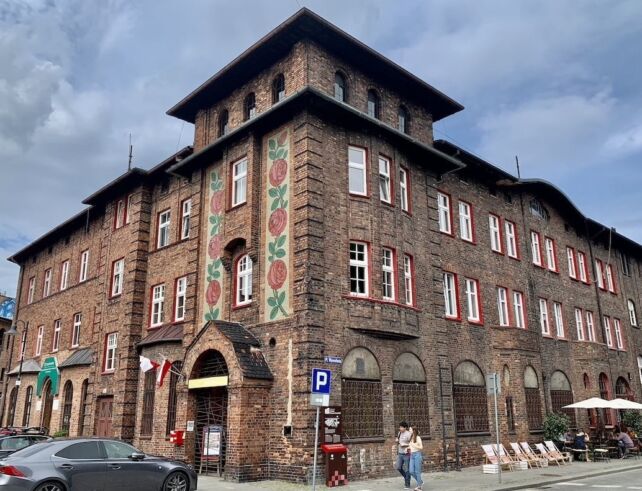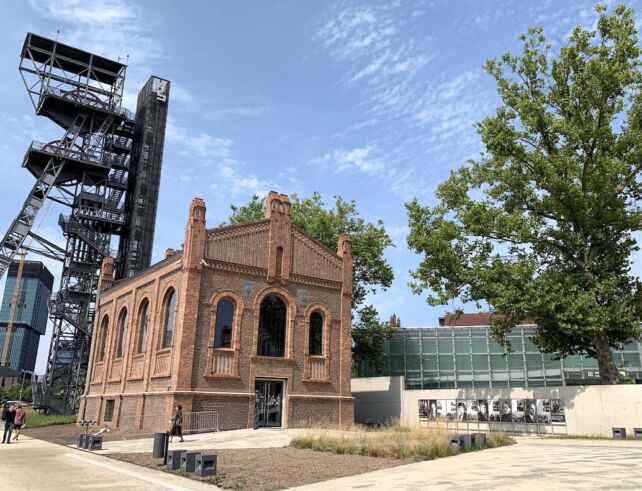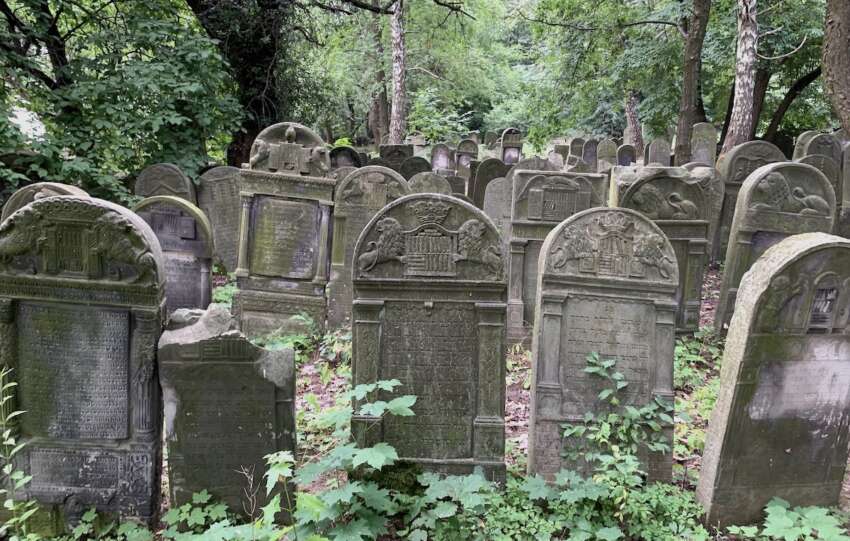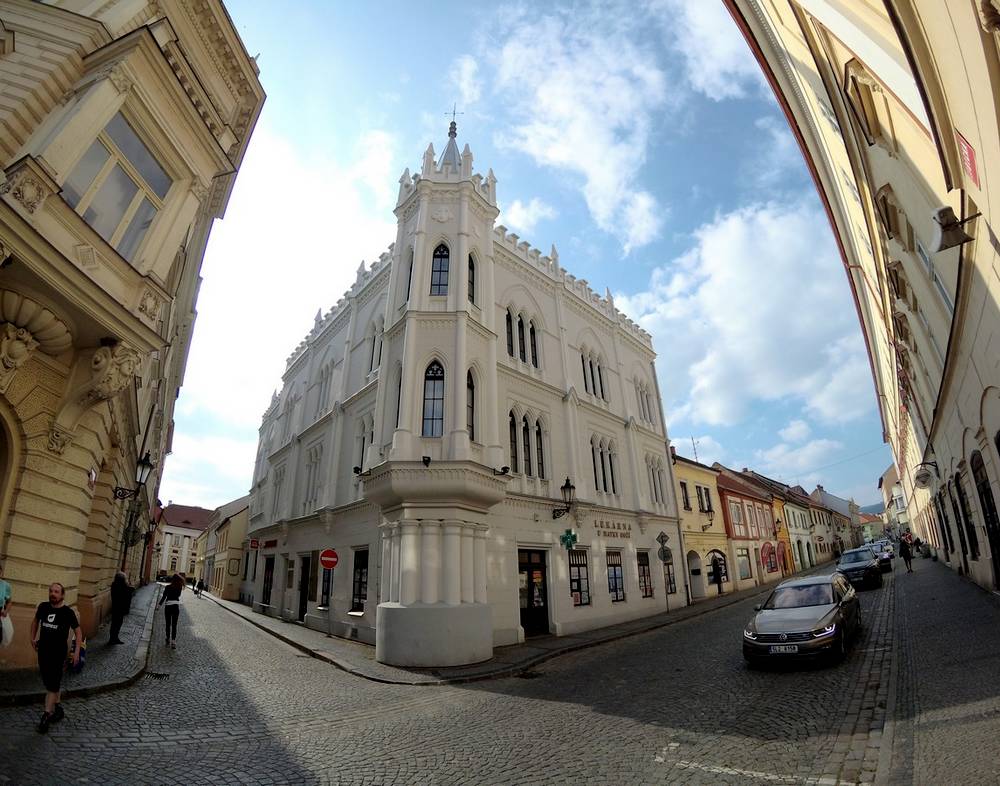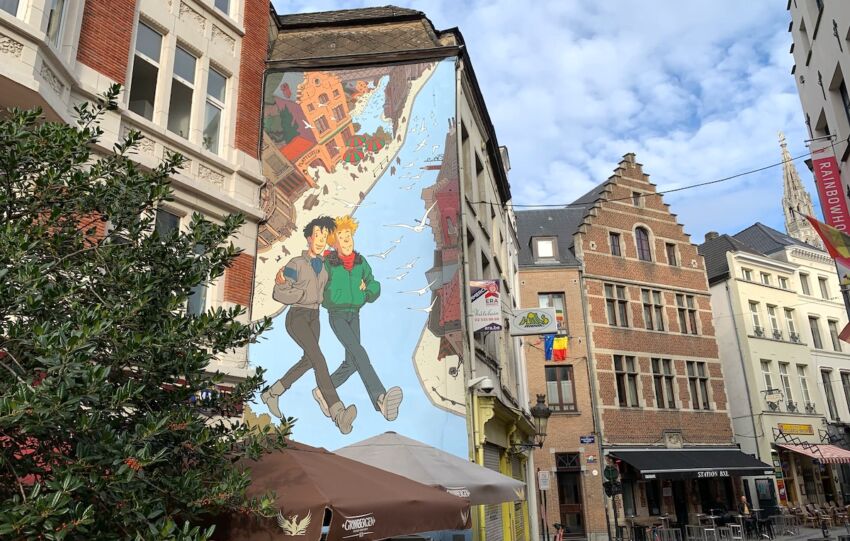Share This Article
Jewish cemeteries are scattered in cities and towns all over Poland. For the most part, they are forgotten and decaying, being the last traces of the Jewish communities that lived among us. Fortunately, the Jewish cemetery in Katowice is not completely forgotten, but its accessibility leaves much to be desired.
Despite the fact that I have already been there three times, I have not been able to enter his territory once. Fortunately, the wall surrounding the cemetery is not high in some places, so I managed to take some photos, and the telephoto lens turned out to be helpful. The rest of the knowledge settled from source materials.
Jewish cemetery in Katowice – location
This cemetery is located in the Śródmieście district, a short walk from the train station. The address of the cemetery is Kozielska 16. You shouldn’t have any problems finding it, because the route is really simple. There are plenty of parking spaces on the street, so you can also come by car.
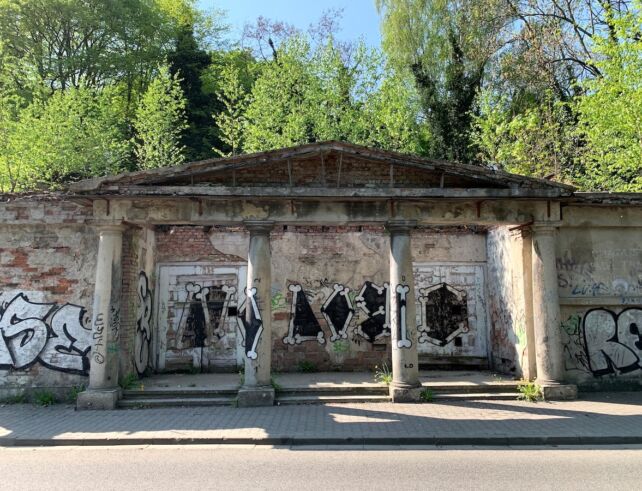
History of the community and the Jewish cemetery in Katowice
The Jewish community in Katowice was established in 1866. It was related to the influx of Jewish people in connection with the granting of city rights to Katowice a year earlier. However, Jewish settlement in the area existed much earlier. From 1713, they could settle in Silesia. Katowice Jews belonged to the Mysłowice community. Until the creation of the cemetery of the Katowice Jewish community, burials were made in the already existing Jewish cemetery in Mysłowice.
However, this period did not last long because the Katowice cemetery was opened in 1869, and a year later the first burial of an adult – Meyer Katz – took place (in 1869 a 4-year-old boy was buried there). Over the years, its area has expanded. It was also enriched with a fence and a neo-Gothic pre-burial house (rebuilt in 1928 according to the design of I. Grünfeld).
In 1890, the cemetery was also enriched with the building of a funeral fraternity. It consisted of a part in which the deceased was prepared for the funeral and another, residential part for the cemetery caretaker. The pre-burial house was devastated during World War II, and after it served as a warehouse.
In 1922, Katowice was annexed to Poland and a large part of the Jews moved to Germany (Wrocław or Bytom), but their place was taken by Polish Jews coming from other cities.
Before the outbreak of World War II, less than 9,000 Jews lived in the city, which constituted about 6% of the city’s population. They emigrated from the city to escape the Nazis, and a large part of them was closed in ghettos, from which they ended up in extermination camps. After the end of World War II, about 1,500 Jews from various parts of the country settled in Katowice, but a large part of them emigrated.

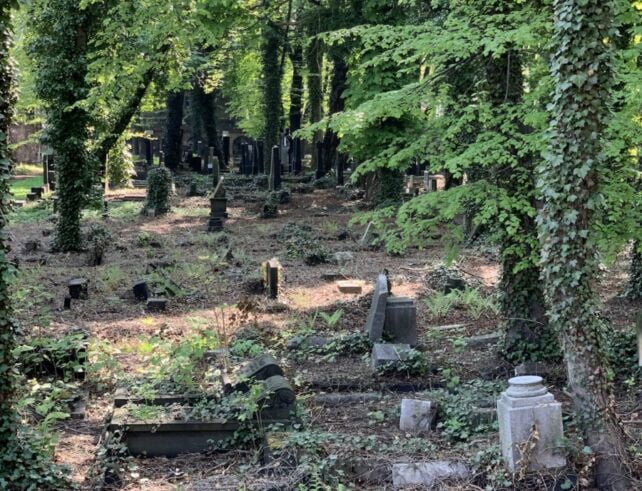
Availability and current status
The Jewish cemetery in Katowice is located a few hundred meters from the railway station and is surrounded by a wall. It is of different heights and in some places you can easily see its terrain, and in others I had to struggle to see something. The entrance to the cemetery was a gate with a pre-burial house. This second element is very damaged and partially collapsed.
Information on the internet says that it is open every day except Saturday (Shabbat) from 8.00 to 17.00. I don’t know where the entrance is though.
The cemetery consists of two parts – the northern one (established in 1869 and 1910) and the southern one (established in 1927 and 1945). It covers an area of about 1.1 hectares and contains almost 1,000 tombstones. Some of them are classic matzevot, but we will also find other tombstones, among which it is worth paying attention to those located by the walls.
I managed to find out that in the Jewish cemetery in Katowice there are tombstones of families who contributed to the development of the city (Goldstein, Grünfeld, Schalsch), as well as the rabbi of the Katowice community – Dr. Jacob Cohn.
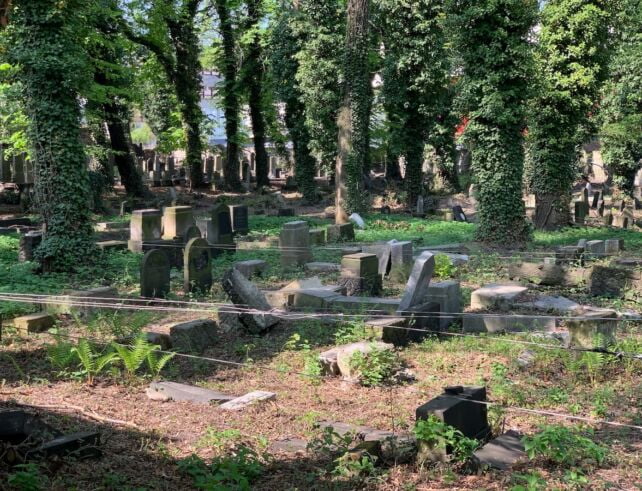
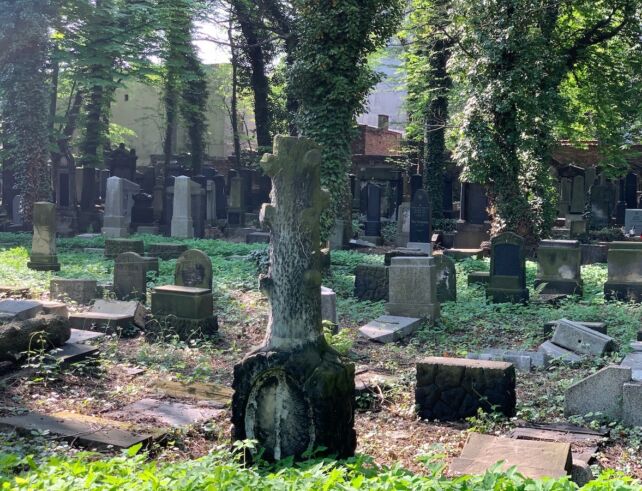
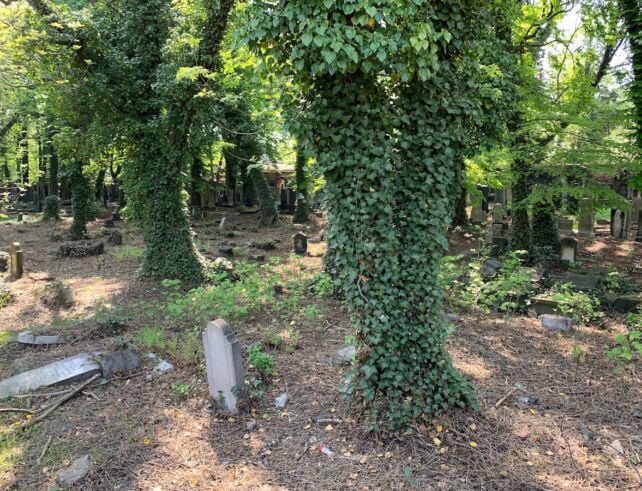
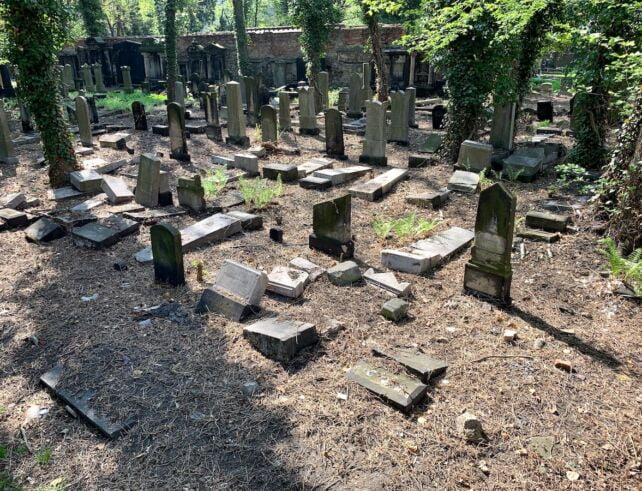
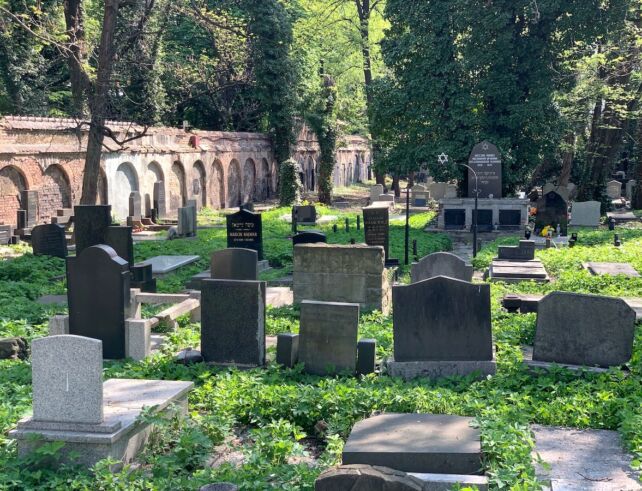
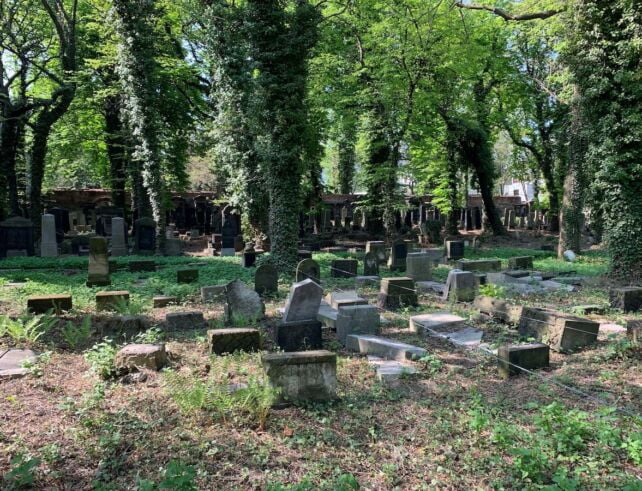
Is it worth visiting the Jewish cemetery in Katowice?
I am not able to answer this question until I find out how it is with admission to the cemetery. A walk around the walls of the cemetery is pleasant, but what is inside is interesting. This place is certainly interesting and may be a surprise for people walking between tenement houses and blocks of flats.
What’s interesting to see in Katowice?
Gone are the days when Katowice was associated only with the mining industry. Today it is an interesting city that combines the past with the present. My two hits that you should visit are Nikiszowiec and Muzeum Śląskie.
